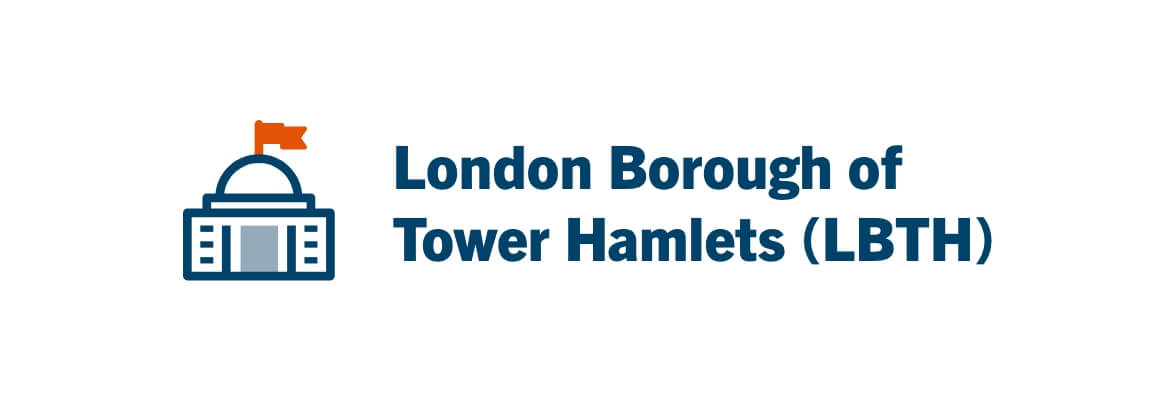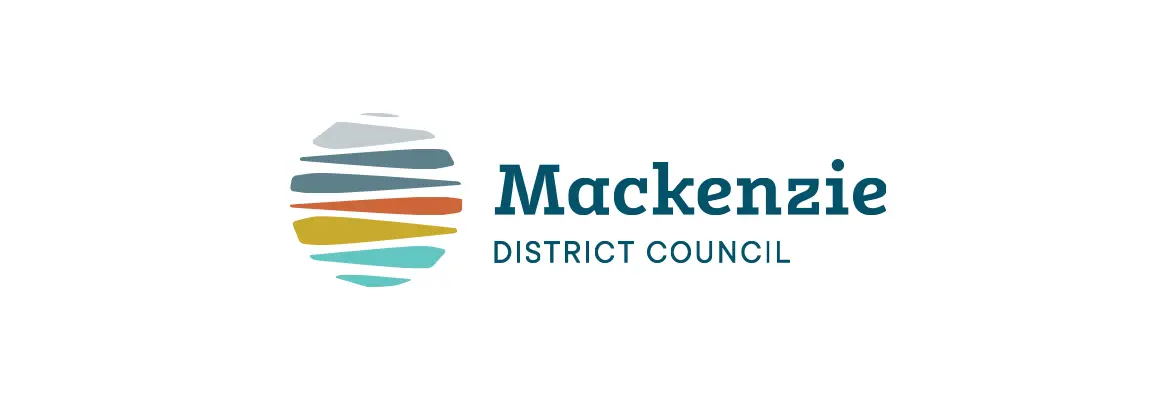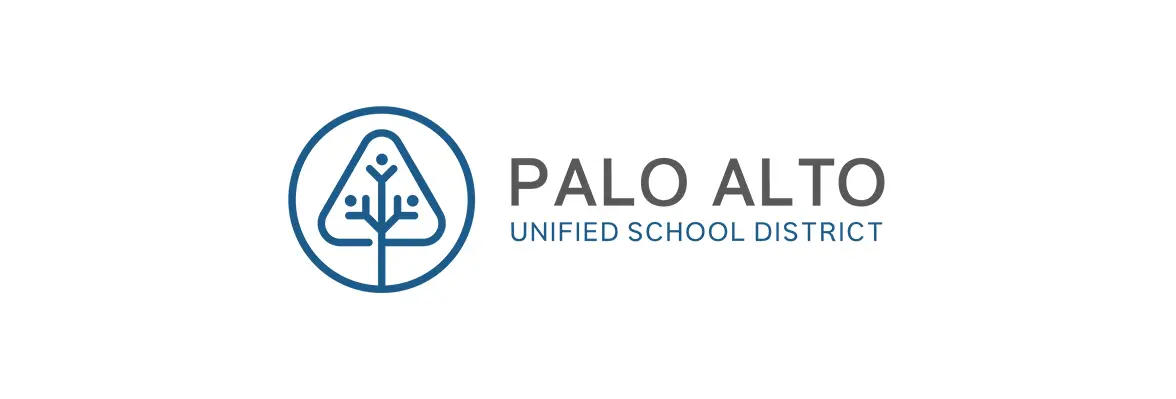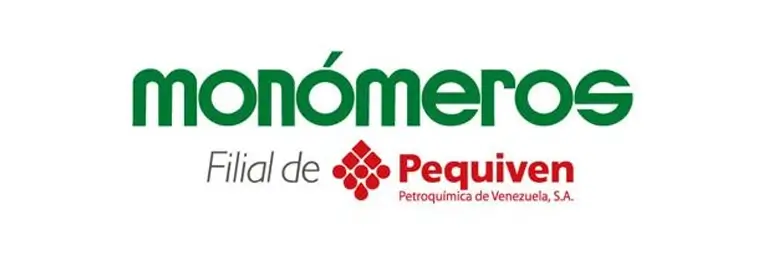London Borough of Tower Hamlets: Optimising Operations to Deliver Flexible Government Services
6 min read
SITUATION
• The London Borough of Tower Hamlets embarked on a Digitisation Programme that prioritised digital information over paper, and automated workflows over manual activities. The goal was to use technology to stay ahead of residents’ needs, and deliver services with great efficiency at low cost.
SOLUTION
• Tower Hamlets Council began capturing information digitally in the Land Charges Service using Laserfiche, with metadata attached that enabled the borough to develop an automated way to process and keep new records.
RESULTS
• The digital-first approach streamlined content capture and archival in Land Charges, Planning and Building Control services, enabling faster decision making that was key in preparing for the 2012 Olympic Games, and creating significant cost savings in these services.
The London Borough of Tower Hamlets is one of the U.K.’s most culturally vibrant and diverse areas. Formed in 1965, the borough also includes a number of London’s famous attractions including the Tower of London, Tower Bridge, Columbia Road Flower Market and Billingsgate Fish Market. The attractions of Bangla Town bring in thousands of tourists every year, and the area has won praise and recognition for its parks and open spaces. For centuries, the borough has welcomed and been home to many immigrants in Britain. Today, some 49% of residents are from black and minority ethnic (BME) communities; 33% are of Bangladeshi heritage, and there are also sizable Somali, Caribbean, Chinese, Vietnamese, Indian and Pakistani communities.
For centuries, the Tower Hamlets area was a key location within Britain’s port industry. Today, it has been transformed into one of London’s fastest growing and most densely populated boroughs. The population in the borough has doubled in the past 30 years, and is predicted to rise by almost 100,000 by 2031. Tower Hamlets Council is responsible for managing the area’s growth and development while continuing to provide residents with high quality services.

In 2007, the council embarked on a comprehensive Digitisation Programme, which began with a vision to bring Laserfiche enterprise content management (ECM) and business process management (BPM) functionality to the council’s functions and processes.
Initially, many of the council’s services were heavily paper-based and inundated with on-site and archived documents. Searching for the correct documents became increasingly difficult and indexing all documents seemed impossible. The Land Charges Service was managing 15,000 paper files by hand — using a typewriter to register Land Charge entries on index cards. Information requests would routinely take the target turnaround time of 10 days. The Building Control Service had 1,500 boxes of 50,000 unscanned files — 3 million pages and 100,000 drawings. And the Town Planning Service was housing 400,000 paper files dating back to 1948.
“We had a ton of information held with a storage company,” says John Pulman, ICT client officer at the London Borough of Tower Hamlets. “Plus we had racks of storage internally, just filled with folders.”
In addition to needing a way to digitise this information, the council also required a solution that could easily integrate with a land management system that was already in place.
“Laserfiche really did meet all of our requirements and more,” explains Louis Du Preez, the IT project manager for the London Borough of Tower Hamlets when the project began. “It’s simple and flexible, and the integrations are extremely easy to do.”
The team worked with Laserfiche solution provider Global ECM Solutions to implement a digitalisation program in Land Charges. The previously paper-based departments were able to successfully capture information digitally using Laserfiche, with metadata attached that enabled the borough to develop an automated way to process and keep new records.
“With the council, Laserfiche was a bit of a pioneer,” says Pulman. “It opened the door to more flexible, paperless work, and the device agnostic/location agnostic setup that really fit into a digital workflow.”
Improving productivity with geo-spatial searches
Going beyond information storage, the borough launched an initiative to automate a number of business processes, including Building Control applications registration, monitoring of works and construction completions — which helped to eliminate time-consuming administrative tasks.
“It was great to have the peace of mind of knowing that with Laserfiche, you can start with a very small system and upgrade it to an enterprise-wide solution — and can still integrate with all the state-of-the-art software solutions at any time,” says Du Preez.
The Land Charges Service had a goal of automating geospatial searches which, before Laserfiche, felt impossible. All geospatial indexing was still being performed manually with a typewriter. Searches for information regarding a property often surpassed the turnaround time of 10 days since paper requests had to be manually sent to relevant departments.
In order to automate the search process, 15,000 files, each representing an area with a polygon drawn using ESRI GIS, were captured into the borough’s land management system, and scanned and indexed into Laserfiche. The automation shortened the search time from days to hours.
“Laserfiche is able to do what our other document management systems couldn’t,” Du Preez adds. “Large files can now be broken down electronically into smaller files that cover smaller geographic areas. The capturing became easier to do and information is now easily accessible to the users.”
Being able to perform automated and accurate geo-spatial searches helped Land Charges become more efficient, saving staff time and frustration. This same efficiency was applied to the Planning Service as well. All planning decisions from 1948 onward were captured by Laserfiche, which made for quicker access to planning decision histories and in turn, helped the borough streamline proposal review for the 2012 Olympic Games.
Integrating Laserfiche and Land Management
In the Building Control Service, 3 million pages in 38,000 files were scanned and indexed — some dating as far back as 1895 — eliminating 1,500 boxes taking up 40 square metres of office space. At the same time, Building Control decisions from as far back as 1986 were made available digitally.
In 2008, Laserfiche was integrated with the borough’s land management system, enabling all of the critical documents generated from the land management system to be directly stored into Laserfiche. The seamless integration meant that documents no longer had to be manually transferred, and town planning case files can now be viewed outside of internal servers through Public Registers or by external viewing folders, making service delivery to the public much more efficient and effective.
Internally, security rights are granted to appropriate staff allowing access to information such as drawings, emails and Microsoft Office format files directly from Laserfiche. Data accessibility has been improved and information can flow seamlessly across the service.
The Building Control team also used Laserfiche Workflow to automate administrative tasks, such as metadata entry and updates. Eliminating these small manual activities prevented errors, saved staff time and allowed for greater productivity.
By streamlining business processes, the London Borough of Tower Hamlets is now more transparent, and accessibility to information about local land charges has greatly improved. Automation of business processes has elevated staff morale through more efficient ways of working and collaboration. According to Philip J. Price, the project manager and business process consultant for the London Borough of Tower Hamlets at the time, “standardisation of actions that came from the business process analysis facilitated culture change in the workplace and our staff really feel more empowered.”
A Smarter Working Strategy
 Like many other local governments, the London Borough of Tower Hamlets has seen a squeeze on budgets in recent years, however, over the past decade, Laserfiche-driven digitisation and automation initiatives have saved the borough a significant amount of money. The organisation had been working to adopt a more paperless, remote working environment, including an ability to work from home, before COVID-19 hit the country, but the pandemic kicked that initiative into high gear.”
Like many other local governments, the London Borough of Tower Hamlets has seen a squeeze on budgets in recent years, however, over the past decade, Laserfiche-driven digitisation and automation initiatives have saved the borough a significant amount of money. The organisation had been working to adopt a more paperless, remote working environment, including an ability to work from home, before COVID-19 hit the country, but the pandemic kicked that initiative into high gear.”
“Even before COVID, we were reducing our office space enormously, and that’s continued to be the trend,” Pulman says. “Having this more paperless environment with more digital workflows in Laserfiche supports more flexible working. In the new working environment, offices are not where paper files are stored. You can just connect to work from whatever computer you are on. Modern workplaces have a device agnostic/location agnostic setup — Laserfiche workflow really enables that vision.”
With government cut-backs and councils looking for ways to do more with less, digitising Land Charges, Planning and Building Control services has helped the borough cut down on costs, become more efficient and provide better public services.
“Laserfiche has really played a fundamental part in our smarter working strategy. Across the board, all of our information is now easily accessible, which allows information to be viewed through various internal and external means and they are now only constricted by rights and no longer by technology limitations. Laserfiche helped overcome this,” says Price. “The Laserfiche ECM solution allowed us to raise efficiency while lowering costs. … I strongly feel that Laserfiche has had a profound impact on the organisation and it can continue to adapt with our Council’s evolving ECM strategy. It is truly a complete solution.”





